How safe is your food?
By MYBRANDBOOK
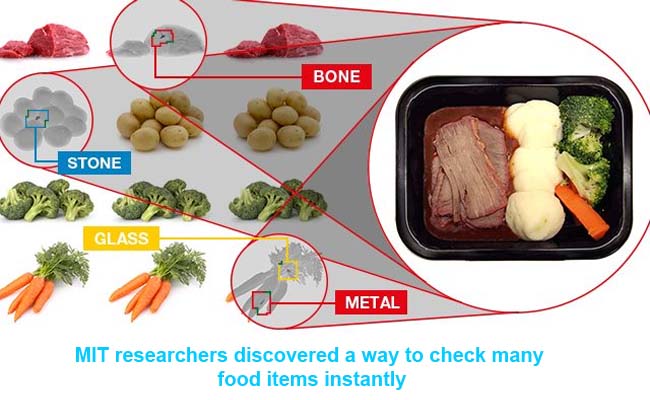
If the food items are not safe to eat, then it should be rejected by someone before using it. But it is not possible manually to test every prepared food as well bottled food even when a threat like the recent baby food scare. Recently MIT researchers discovered a way to check many food items instantly, non invasively and from a distance - using the popular RFID tags.
RFID is the radio frequency Identification mechanism, uses the tiny antena embedded in a sticker or level that is activated and powered by radio waves at a very specific frequency. When a transceiver sends out a 950Mhz signal, the RFID tag wakes up and re-transmits a slightly different signal identifying itself. Products that announce themselves? Convenient for doing inventory!
What the researchers found was that this return signal, outside the actual information-bearing part, can be affected by the actual contents of the product, since the radio waves have to pass through them. Consequently, a jar full of pasta sauce and one full of olives would produce different signal profiles - as would an untouched jar of baby food compared with one contaminated with melamine.
The problem is that these differences can be very minor and it’s not like they’ve been documented anywhere - this is the first time anyone’s tried this. So naturally, the team turned to machine learning. They trained up a model that can tell with confidence what a signal profile corresponds to, with the minor variations that come from, say, slight differences in orientation or glass width.
Right now the system, which they call RFIQ, can tell the difference between pure and melamine-contaminated baby formula, and between various adulterations of pure ethyl alcohol. That’s pretty much everything on my shopping list so I’m set, but obviously the team would like to have it apply to many more products. Now that the method has been shown to work, that’s the plan.
The task will only get harder, as things like environmental variables (shelves) and other wireless interference add to the problem. But machine learning algorithms are good at plucking signal out of the noise, so with luck the technique will work without too much trouble.


Legal Battle Over IT Act Intensifies Amid Musk’s India Plans
The outcome of the legal dispute between X Corp and the Indian government c...

Wipro inks 10-year deal with Phoenix Group's ReAssure UK worth
The agreement, executed through Wipro and its 100% subsidiary,...

Centre announces that DPDP Rules nearing Finalisation by April
The government seeks to refine the rules for robust data protection, ensuri...

Home Ministry cracks down on PoS agents in digital arrest scam
Digital arrest scams are a growing cybercrime where victims are coerced or ...


ICONS OF INDIA : SANDIP PATEL
Sandip Patel is the Managing Director for IBM India & South Asia regio...

ICONS OF INDIA : SANJAY NAYAR
Sanjay Nayar is a senior finance professional in the Indian private in...
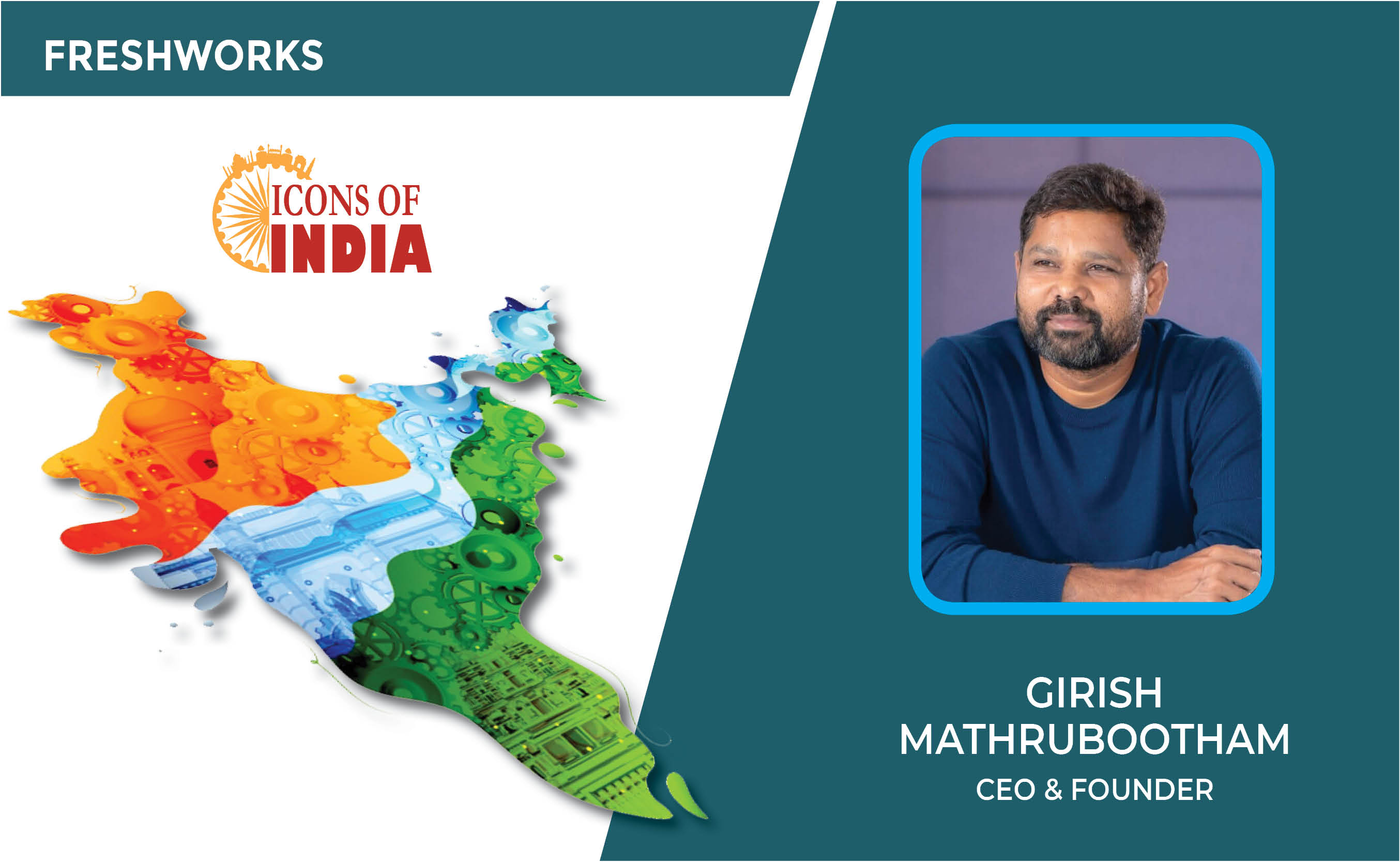
Icons Of India : Girish Mathrubootham
Girish Mathrubootham is the Founder of Freshworks (previously known ...

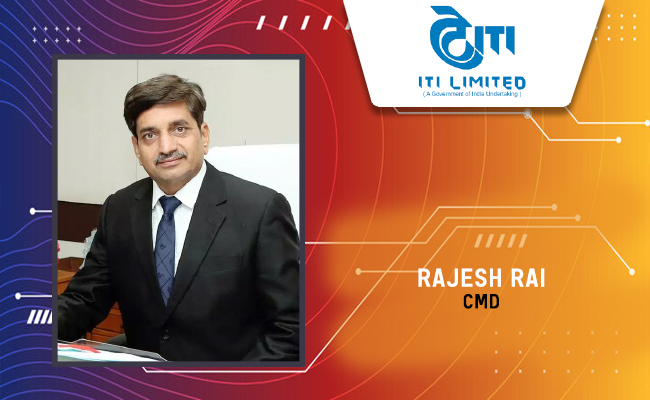
ITI - ITI Limited
ITI Limited is a leading provider of telecommunications equipment, sol...

DRDO - Defence Research and Development Organisation
DRDO responsible for the development of technology for use by the mili...
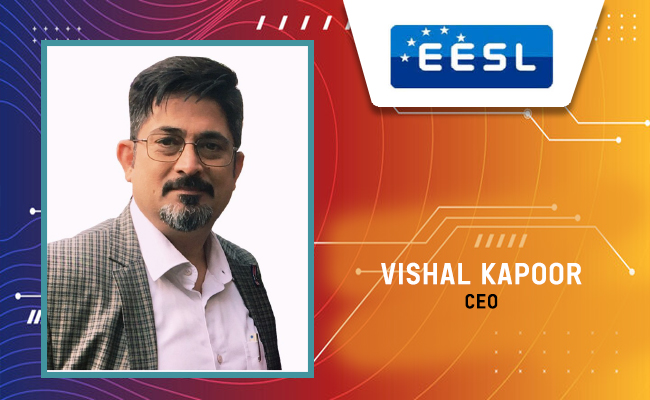
EESL - Energy Efficiency Services Limited
EESL is uniquely positioned in India’s energy sector to address ener...


Indian Tech Talent Excelling The Tech World - Dheeraj Pandey, CEO, DevRev
Dheeraj Pandey, Co-founder and CEO at DevRev , has a remarkable journe...
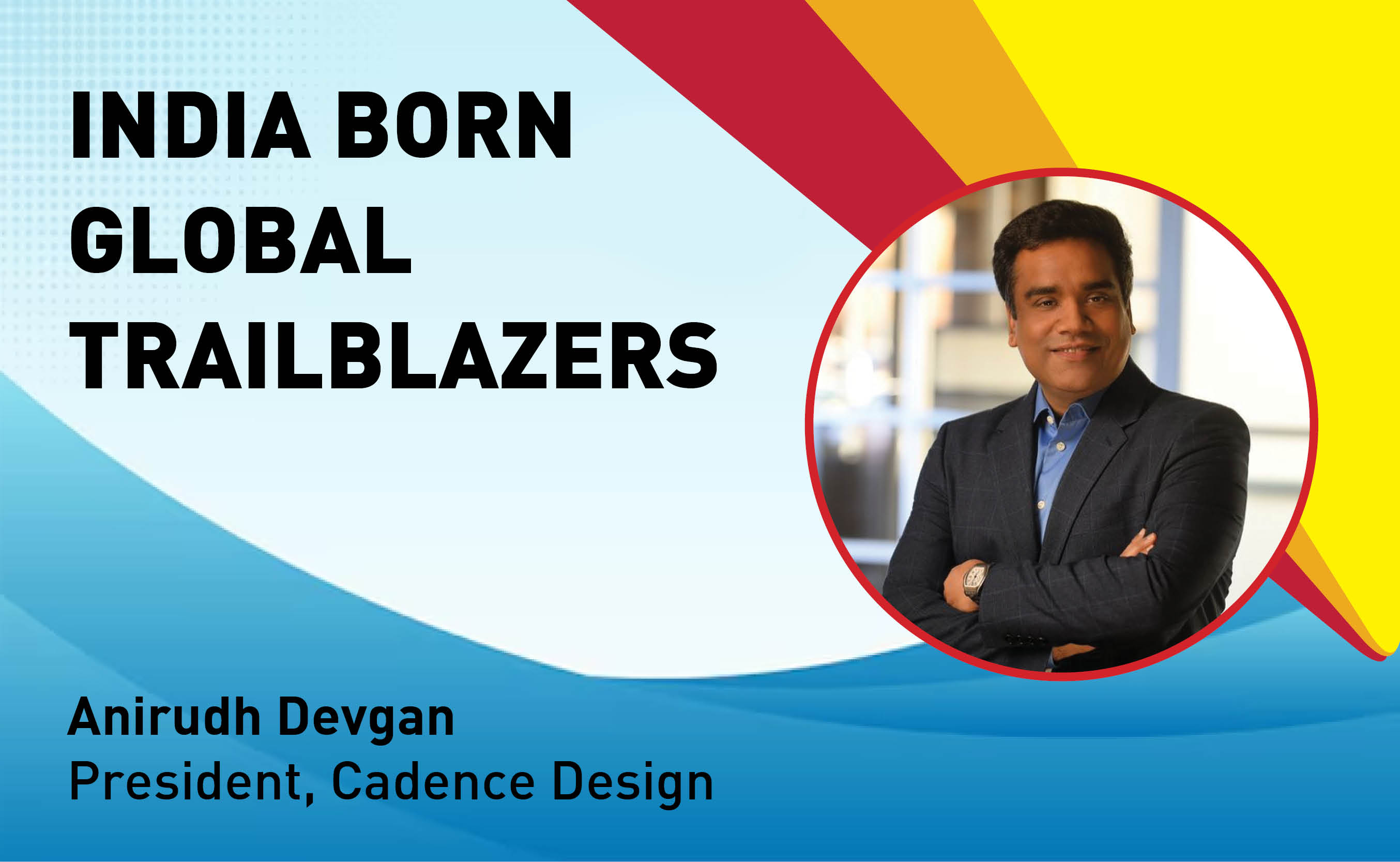
Indian Tech Talent Excelling The Tech World - Anirudh Devgan , President, Cadence Design
Anirudh Devgan, the Global President and CEO of Cadence Design Systems...

Indian Tech Talent Excelling The Tech World - ARVIND KRISHNA, CEO – IBM
Arvind Krishna, an Indian-American business executive, serves as the C...
 of images belongs to the respective copyright holders
of images belongs to the respective copyright holders